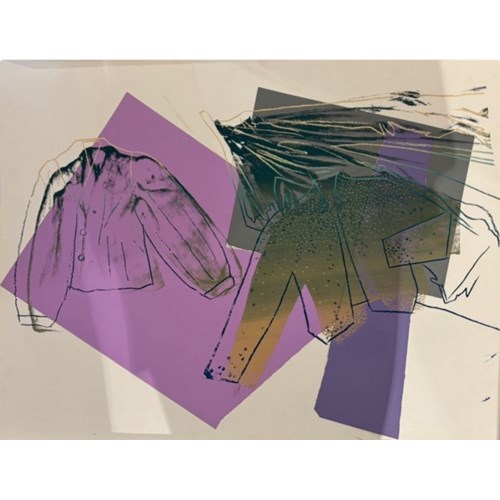Marketplace
Einsteinium smell
Peter De Cupere
Einsteinium smell
Date 1998-2008
Epoque 20th century, 21st century
Origine Belgium
Medium Mixed media on paper
Dimension 64 x 48 cm (25¹/₄ x 18⁷/₈ inches)
Peter De Cupere is perhaps the only artist conistently working with smells, objects and installations of smells, and smells as the motif in videos and performances. With his exposé on the smell that the chemical element Einsteinium, a highly radioactive metal, might exude, he tries to penetrate the world of science. No-one knows what Einsteinium smells like, and here De Cupere sees his chance for ‘unscientific’ creative thought. The fact that no scientist ever even posed the question, is seen by the artist as an excellent starting point (for that matter, Einsteinium’s sole use thus far has been to produce 17 atoms of Mendelevium, itself also of no known use). De Cupere combines the photorealistic style of portraits hawked to vain passers-by at tourist spots, with an extensively formulaic and probably unanswerable question that only a smell artist would be interested in. He alludes to the status acquired by Einstein of having a genius that surpasses science alone, by applying a famous aphorism of his acrosss the bridge of his nose – ‘Imagination is more important than knowledge’ – something equally applicable to art. De Cupere's work was once summarized as folows: ‘By exploiting the subjective, associative impact of smells, in combination with visual images, (he) generates a kind of meta-sensory experience that goes beyond purely seeing or smelling.’ Perhaps the antecedents of his work must be rather sought in literature, for many writers have examined the ‘difficult’ senses like smell and taste. Perhaps De Cupere is searching for an update of Rimbaud’s method – ‘It is about reaching the unknown through the disruption of all the senses.’ – or does he wish to go in the direction of Jean De Esseintes with his perfume-organ in Huysmans’ novel A rebours (1884), an aesthetic manifesto of decadence. De Cupere’s study of the grammar and syntax of smell illustrates how contemporary art conects with earlier applied art or even craft, whose practitioners remain in the shadow of their creations, as with Edmond Roudnitska, one of the greatest master perfume-makers of the 20th century, who stated that a beautiful perfume ‘produces a shock, a shock to the senses followed by a psychological shock.’
Date: 1998-2008
Epoque: 20th century, 21st century
Origine: Belgium
Medium: Mixed media on paper
Signature: Signed and dated lower center
Dimension: 64 x 48 cm (25¹/₄ x 18⁷/₈ inches)
Literature: Ronny Van de Velde, The Mind of the Artist, Knokke, 2013, cat.nr.113
Plus d'œuvres d'art de la Galerie









